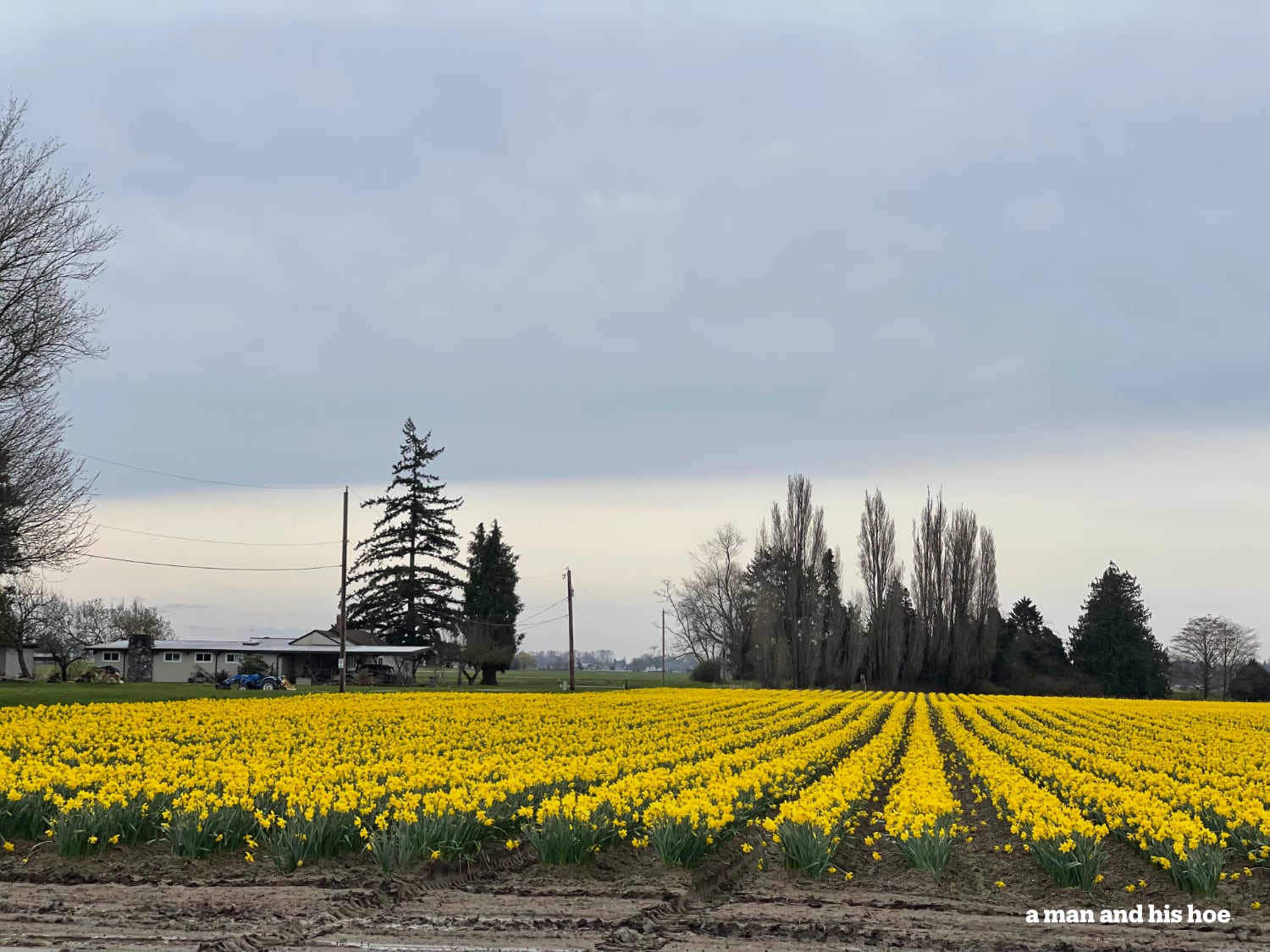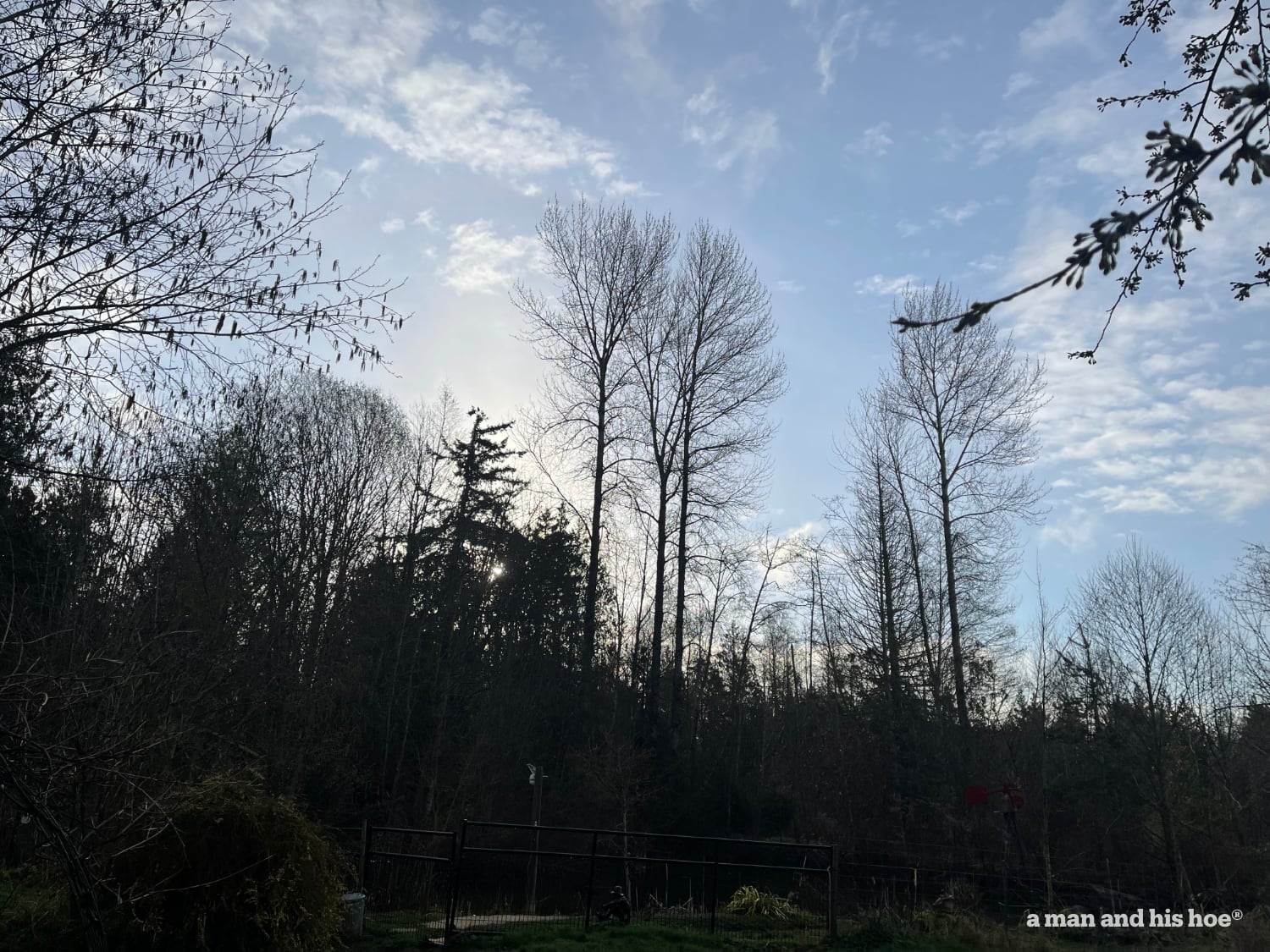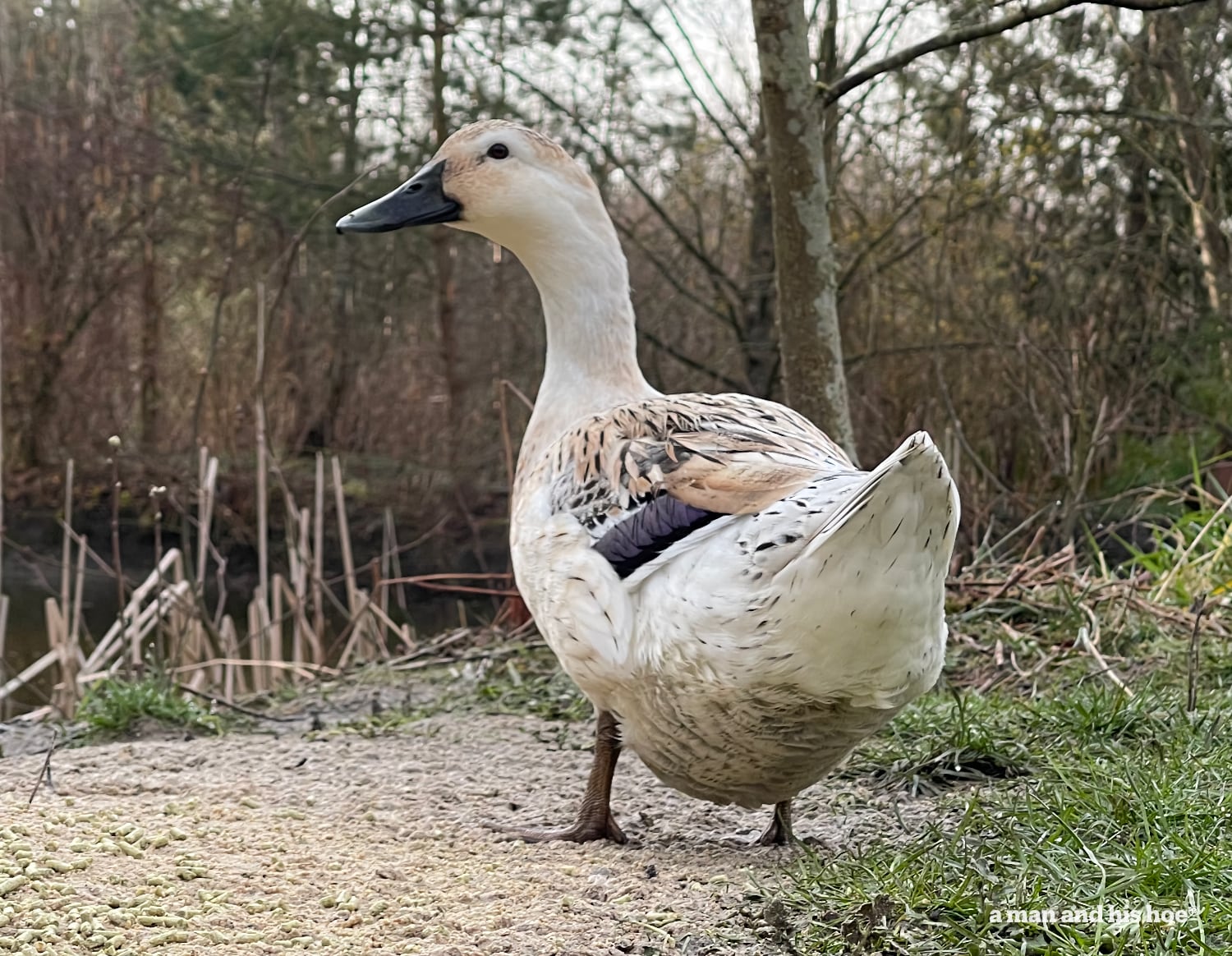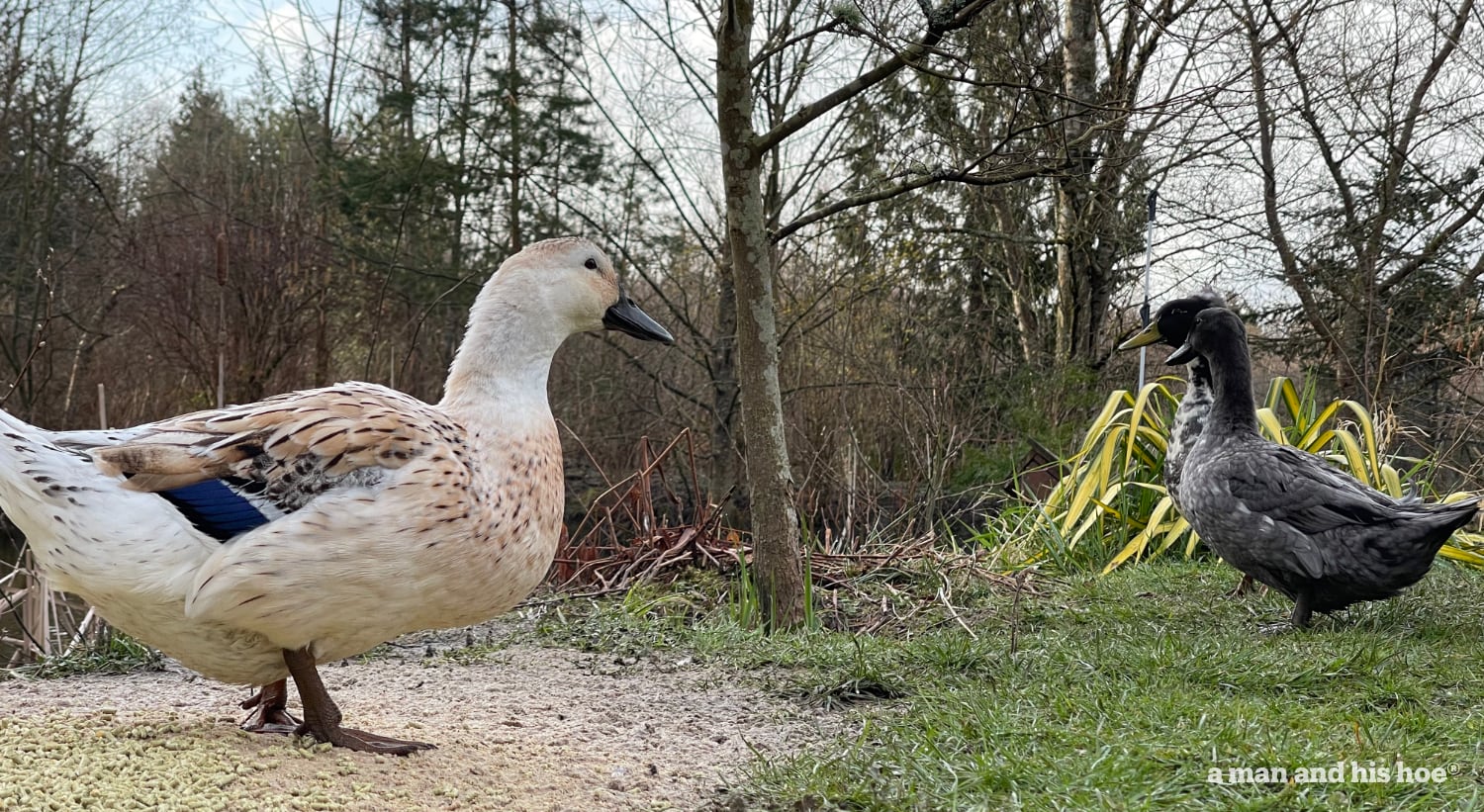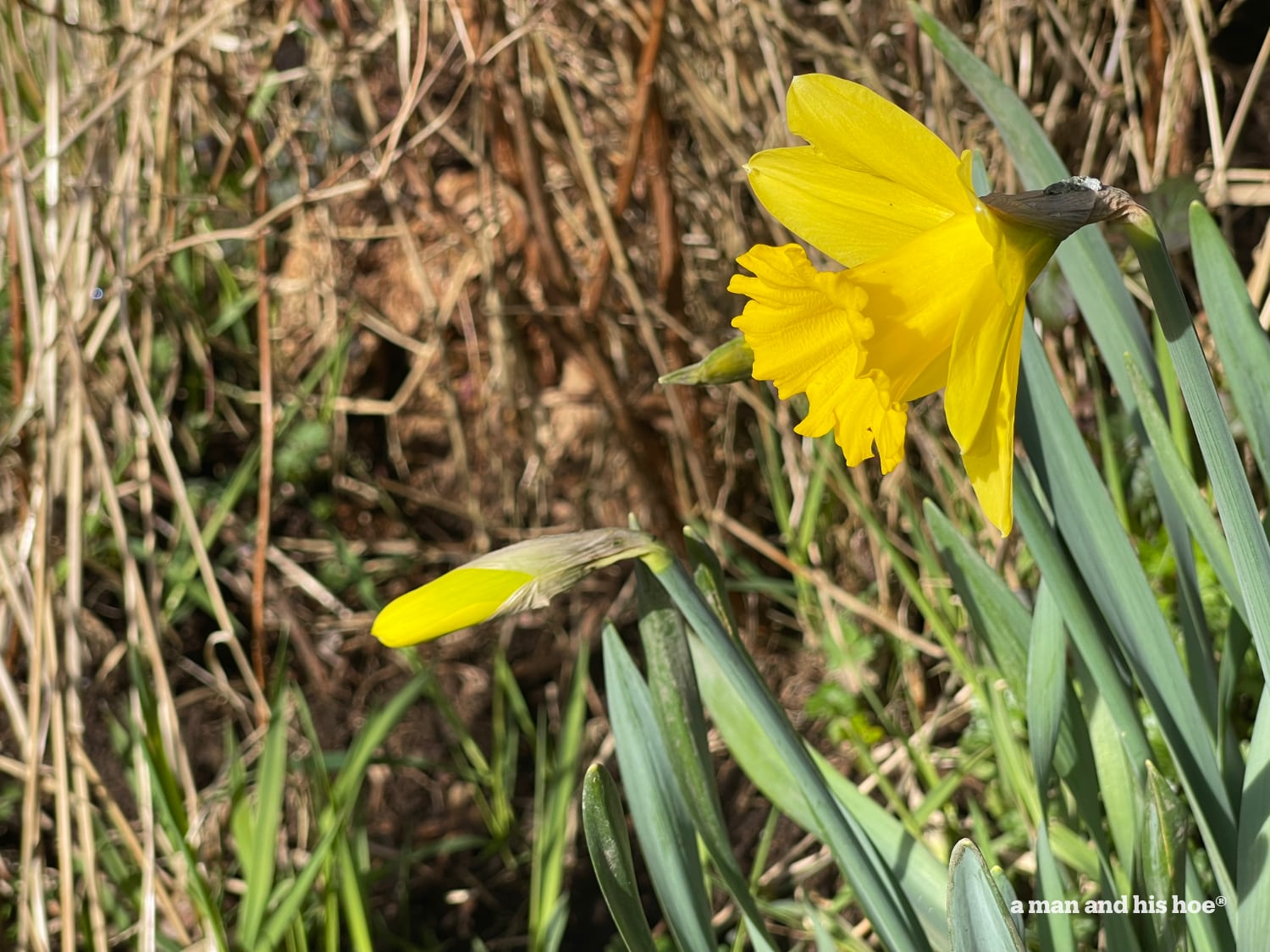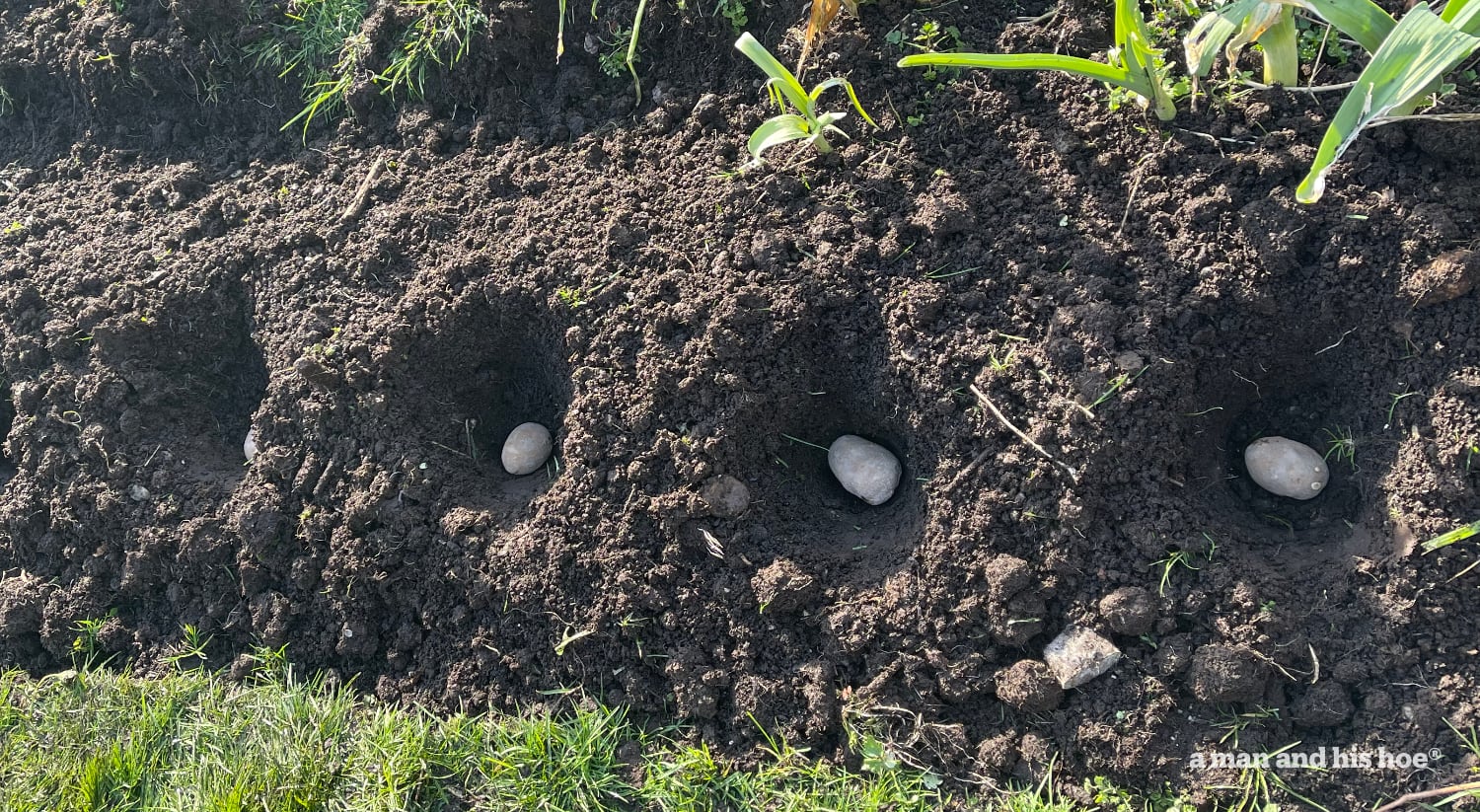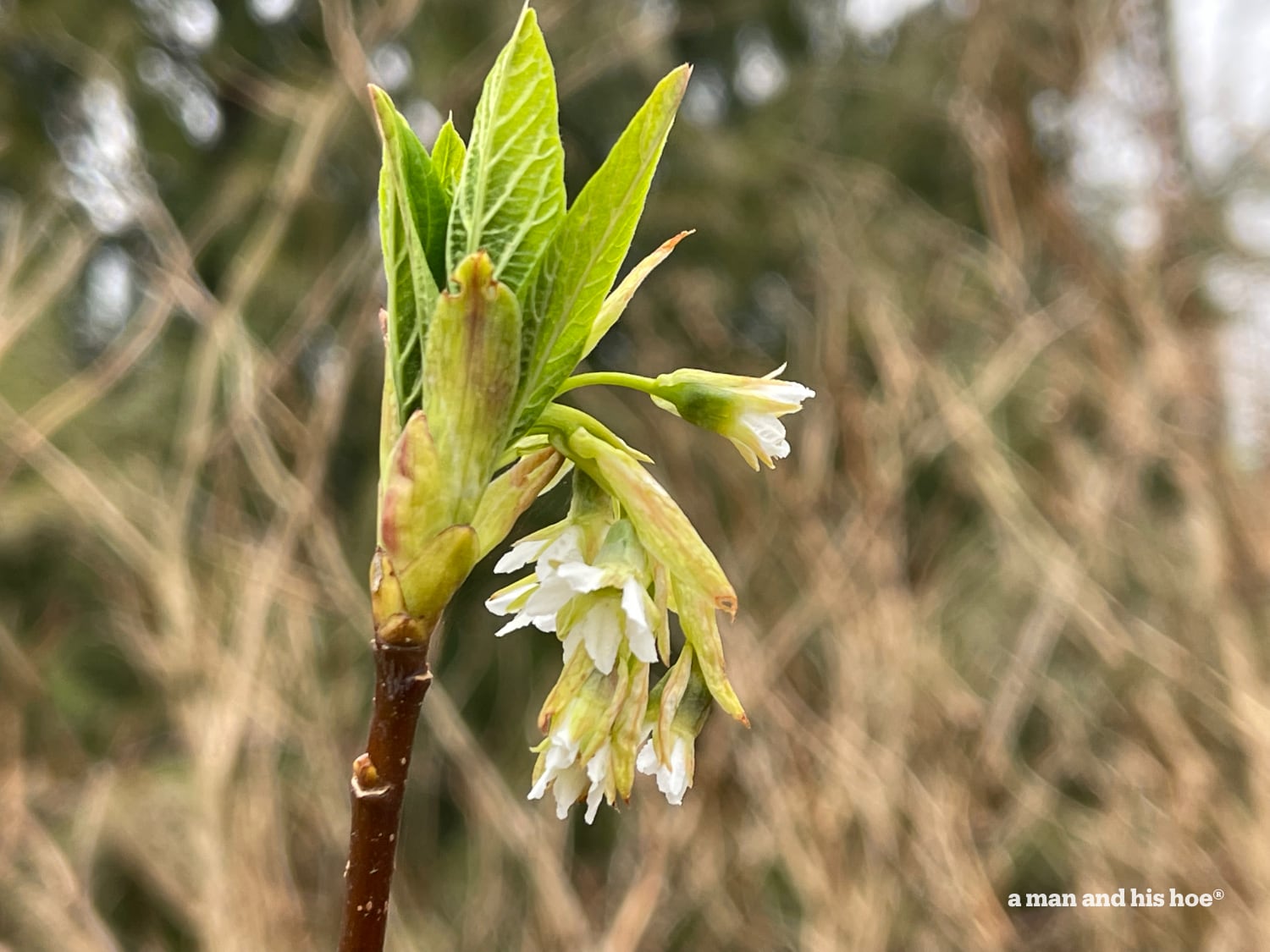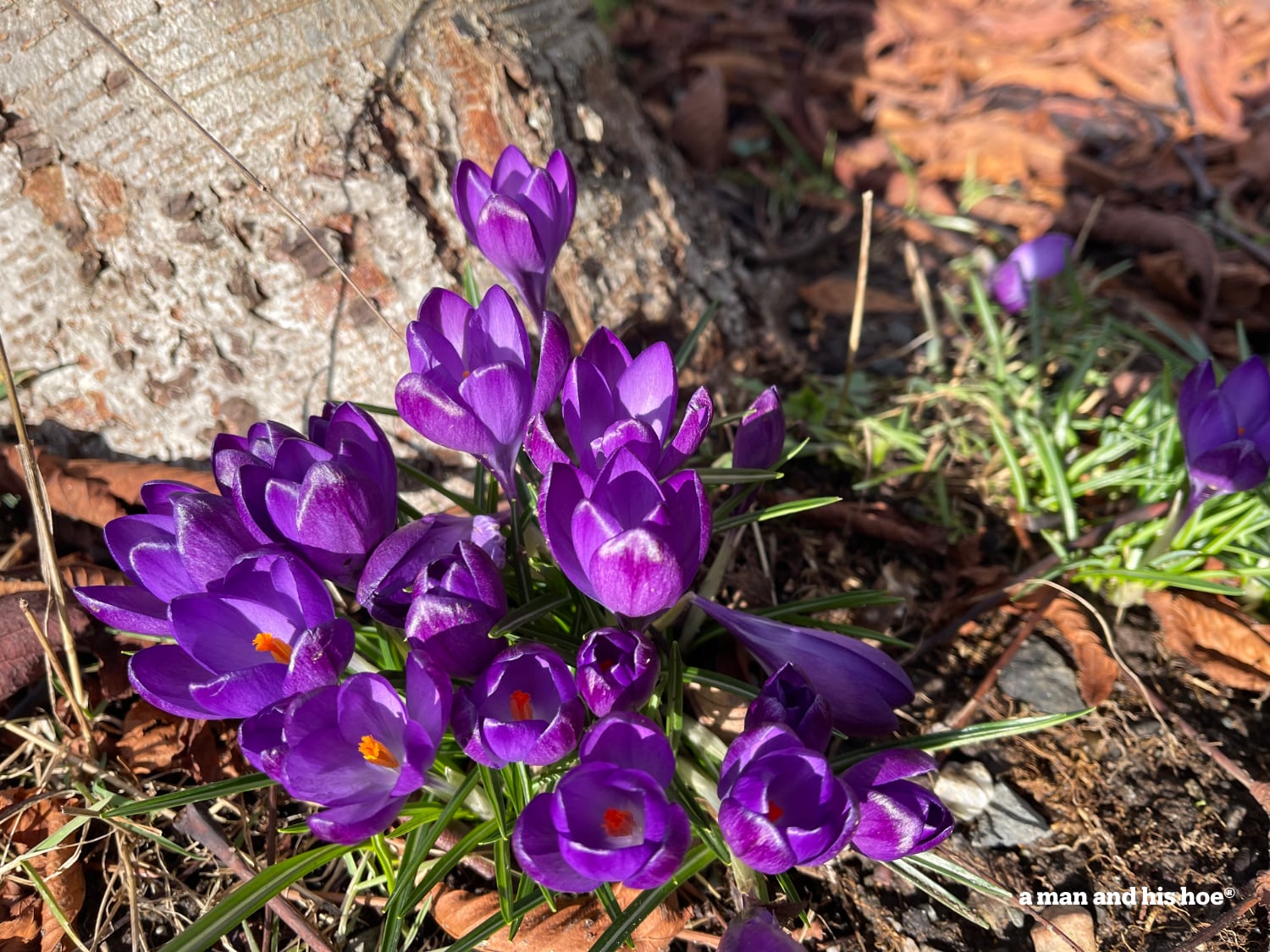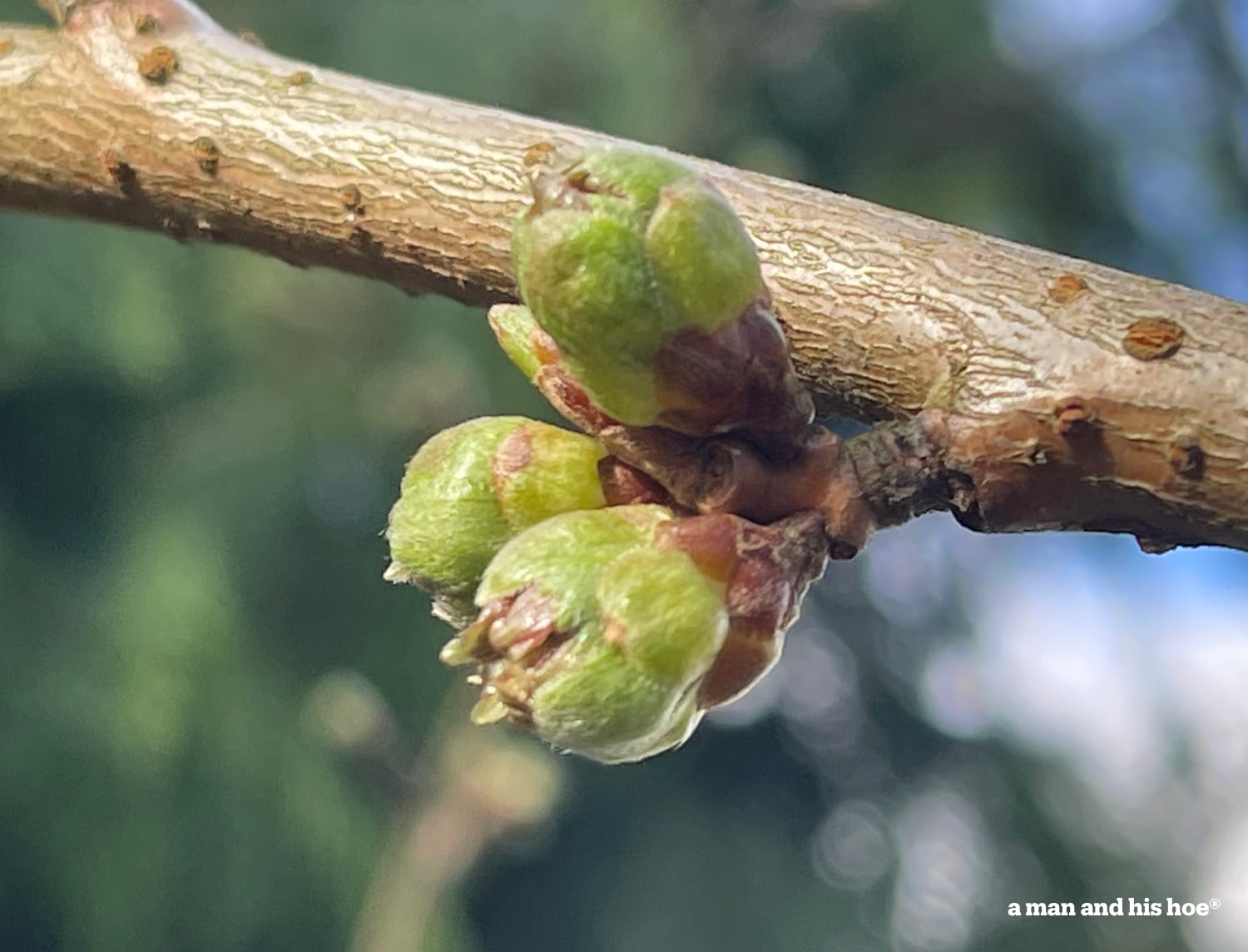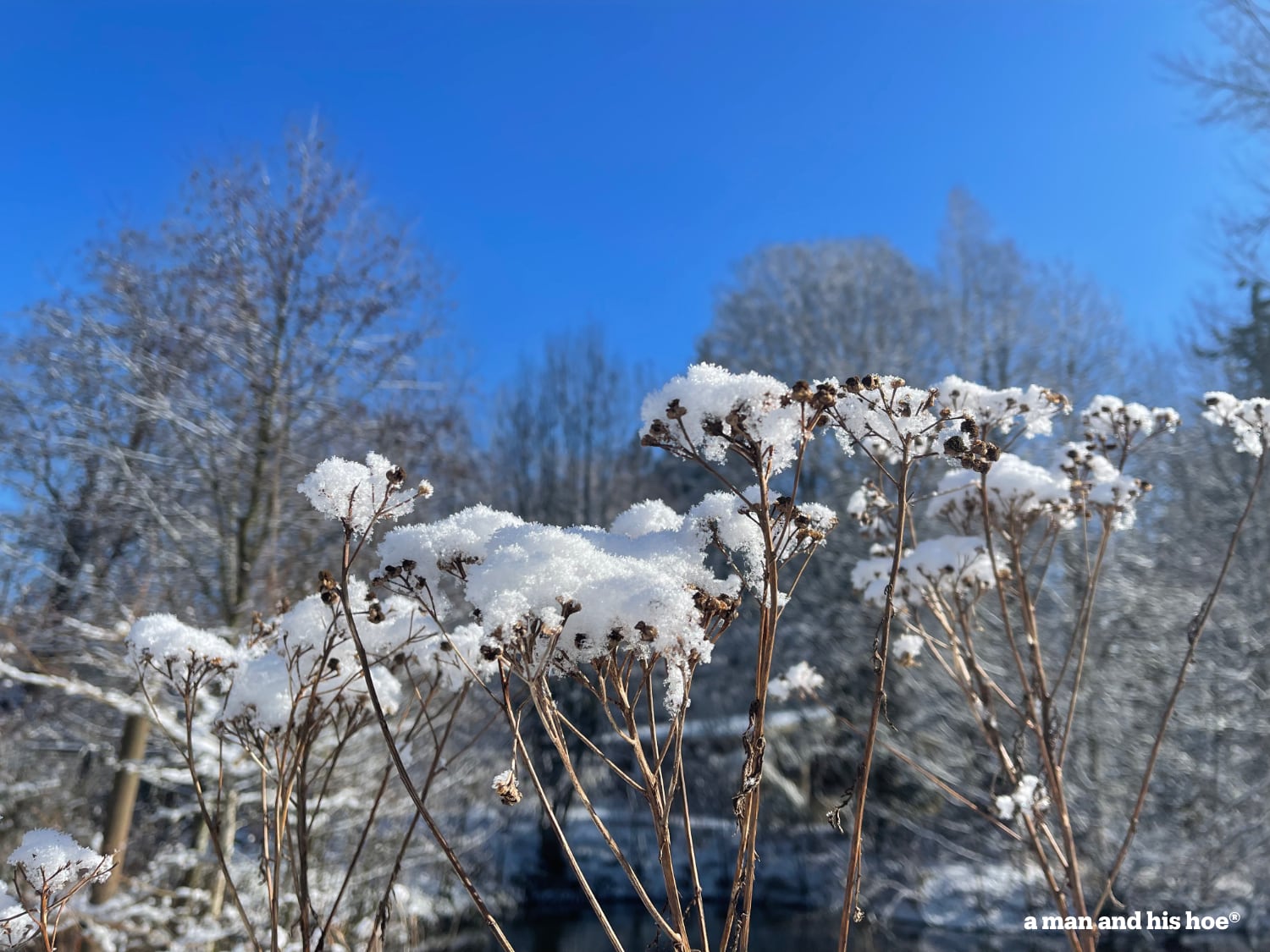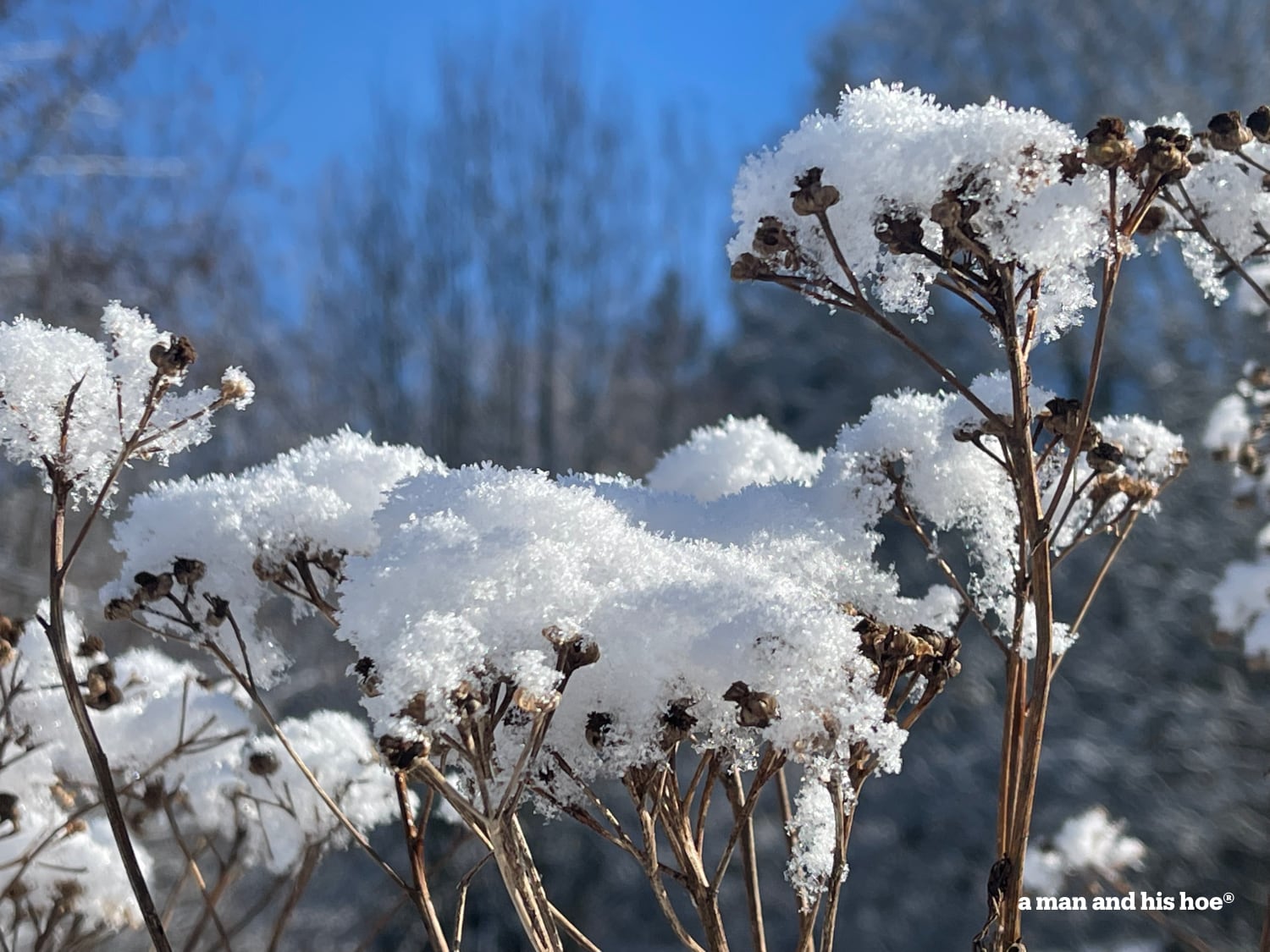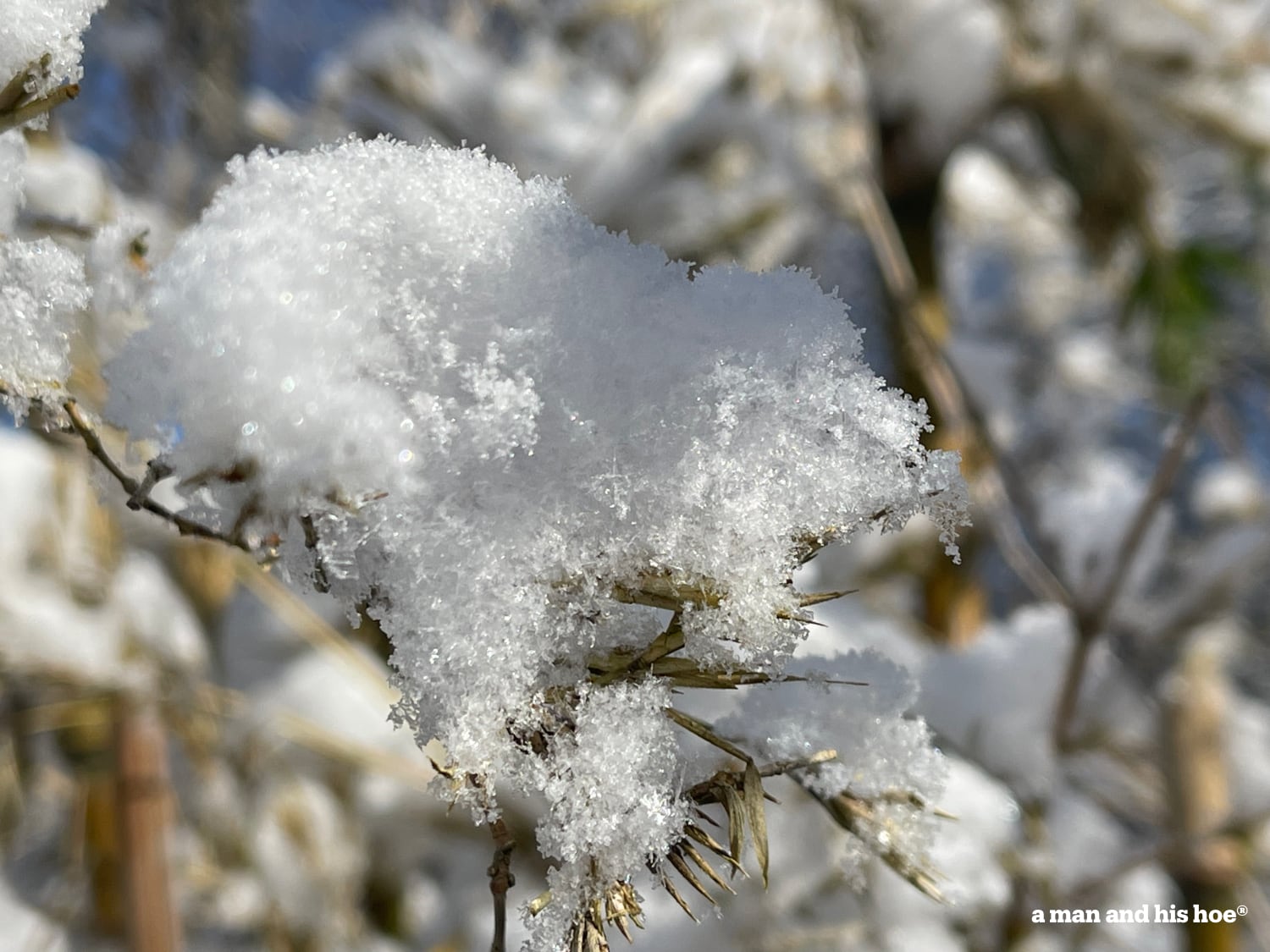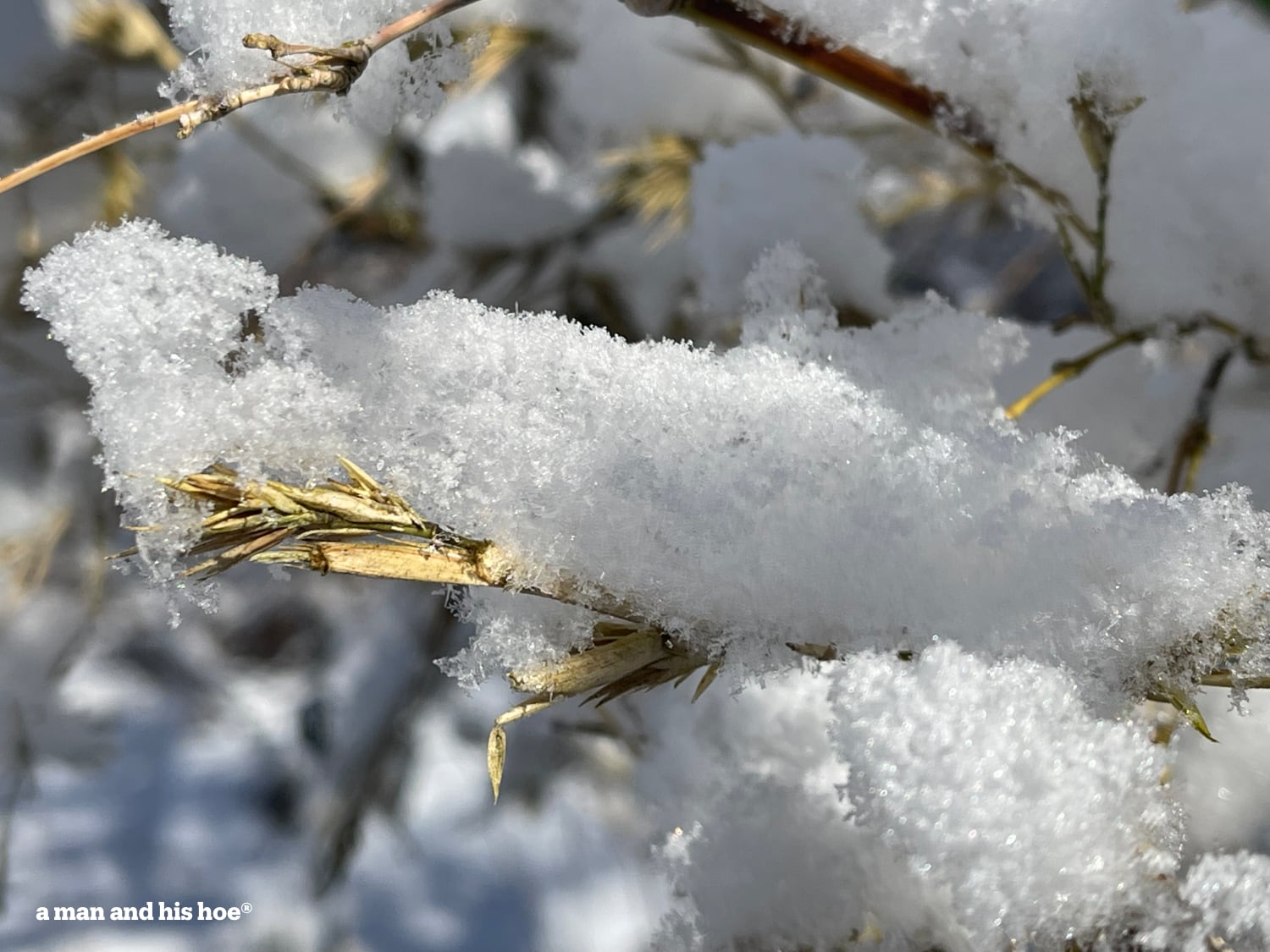
The cherry blossoms are in full bloom. They started opening a week ago, slowly at first. But on the first warm day, March 24, they all popped open at once. Warm? Not really. Warmer is more like it. Has it really been warm yet this year? That’s debatable. The bees certainly don’t think it has. They are still fast asleep in their dens and wintering hives.

Bees buzzing about is a sure sign that it is actually warm. This year the cherry blossoms will bloom without swarms of bees buzzing about. And the forecast is for clouds and rain through April 6. Some sun is forecast to appear on the 7th. But still no warmth to speak of.
So the cherry blossoms will probably have floated away before it warms up enough for the bees to buzz about.
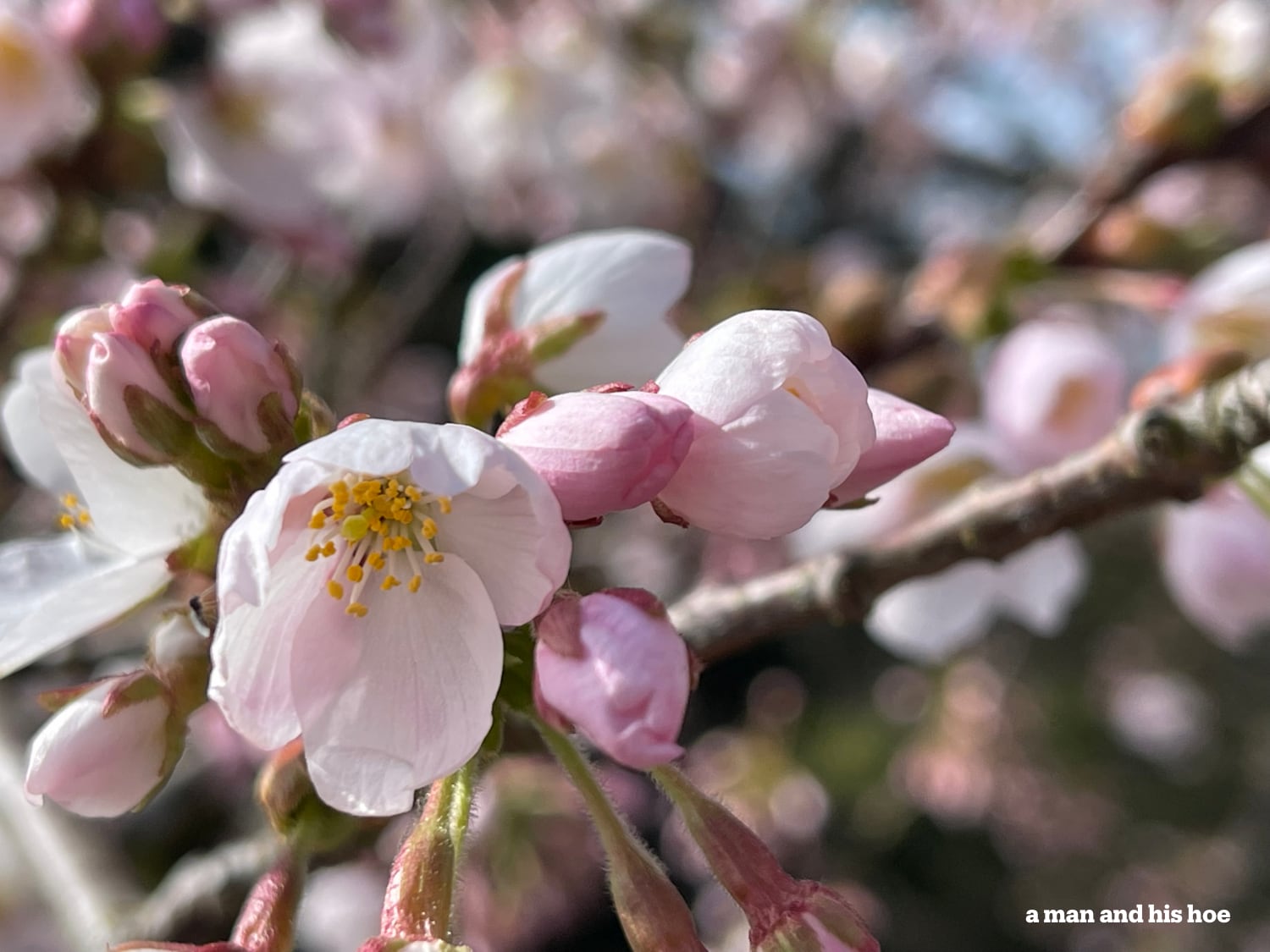

Wet, cool Marches and early Aprils seems to be a trend. It’s been a number of years since we’ve had warm, dry weather when the cherry blossoms bloom, and swarms of buzzing bees so loud that you can hear them long before you reach the cherry tree.

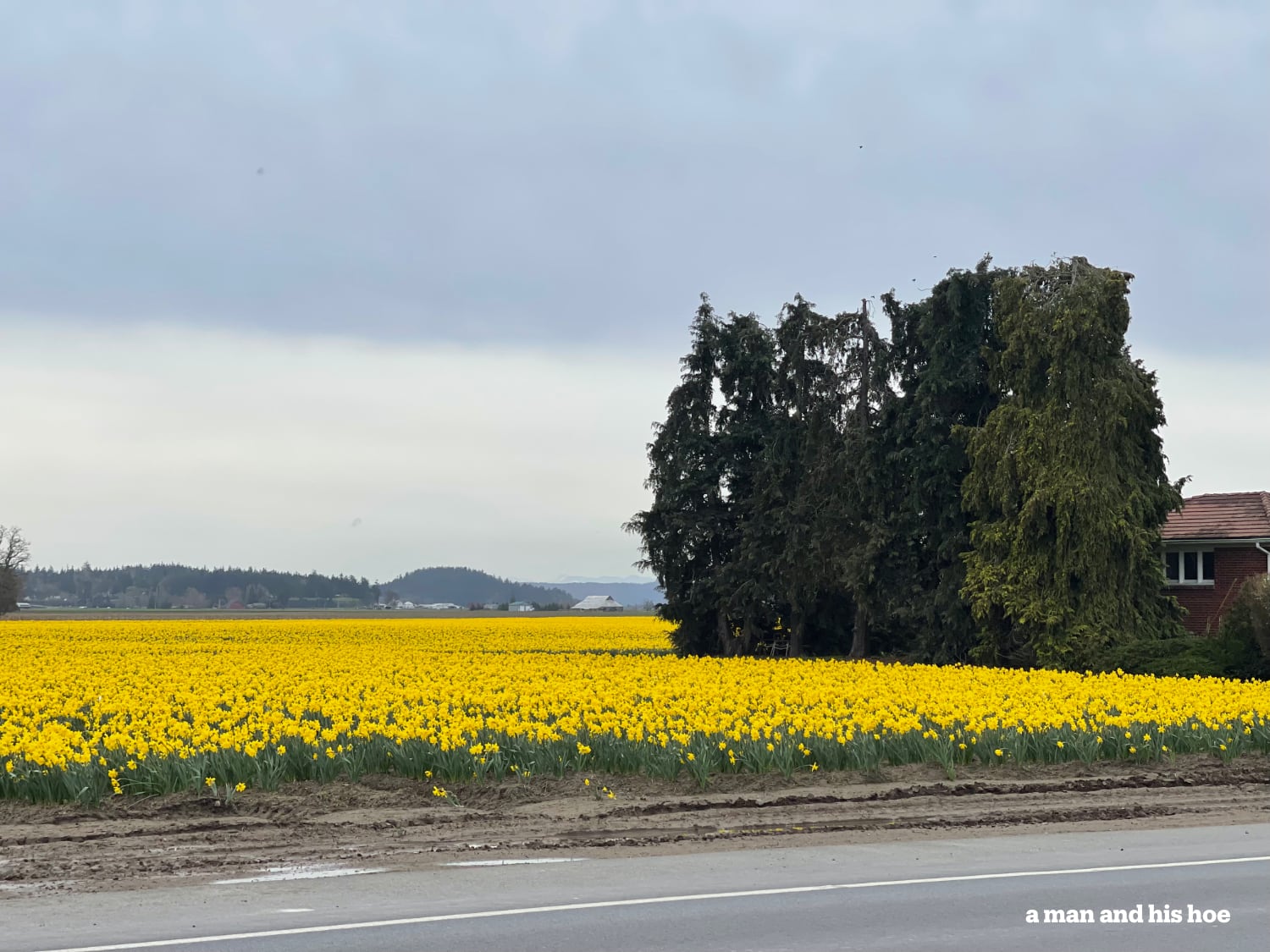
Down in the valley, fields of daffodils cover the valley with brilliant yellow carpets. They stretch for as long as the eye can see. The swans are still about, though not for long. What do they think of these daffodil fields when they go flying overhead? Do they cock they heads to look at them? A week or two and they will be gone. It doesn’t give me much time to ask them.
